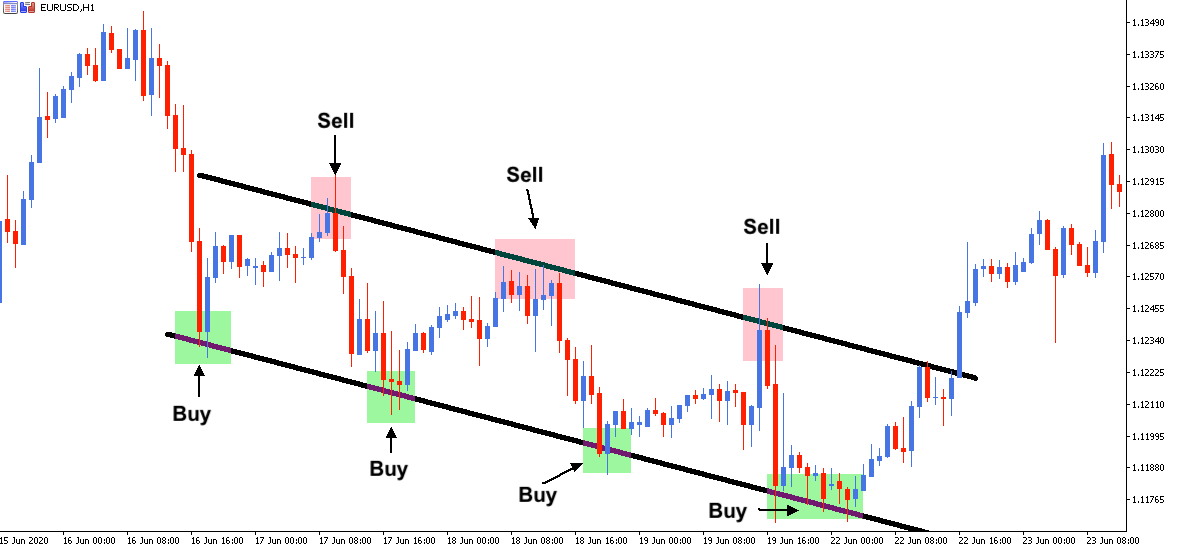Table of Contents
A trend refers to the general direction in which the price of a financial asset moves over time. Identifying trends is a core component of technical analysis and plays a critical role in the decision-making process for traders and investors. Trends can be classified into three main types: uptrends, downtrends, and sideways trends.
Types of Market Trends
- Uptrend
An uptrend occurs when the price of an asset consistently rises over time. It is characterized by higher highs and higher lows. In an uptrend, traders typically seek to enter long positions, expecting that the price will continue to increase. - Downtrend
A downtrend occurs when the price of an asset consistently falls. It is marked by lower highs and lower lows. Traders often look to enter short positions in a downtrend, anticipating further price declines. - Sideways Trend (Range-bound)
A sideways trend, also known as a range-bound market, happens when the price of an asset moves within a specific range, without a clear upward or downward direction. Traders may look for opportunities to buy at support levels and sell at resistance levels within this range.
Identifying Trends
Trends are identified through the use of technical analysis tools, such as moving averages, trendlines, and indicators like the Average Directional Index (ADX). These tools help traders determine whether the market is in an uptrend, downtrend, or sideways trend.
Importance of Trends in Trading
Understanding market trends is essential because it provides traders with a framework to make decisions aligned with the market’s direction. Trading with the trend increases the probability of success since it reduces the chances of going against the market’s natural movement. Additionally, trend-following strategies are commonly used to maximize profit during sustained price movements.
Conclusion
Market trends are a fundamental concept in trading and investment. Recognizing the direction of the market allows traders to align their strategies accordingly, increasing the likelihood of success. Traders should use various technical tools to identify and confirm trends, ensuring their decisions are based on objective data rather than speculation.





